The Soul of a Machine
How theremin virtuosa Clara Rockmore’s life and loves shaped her eerie music
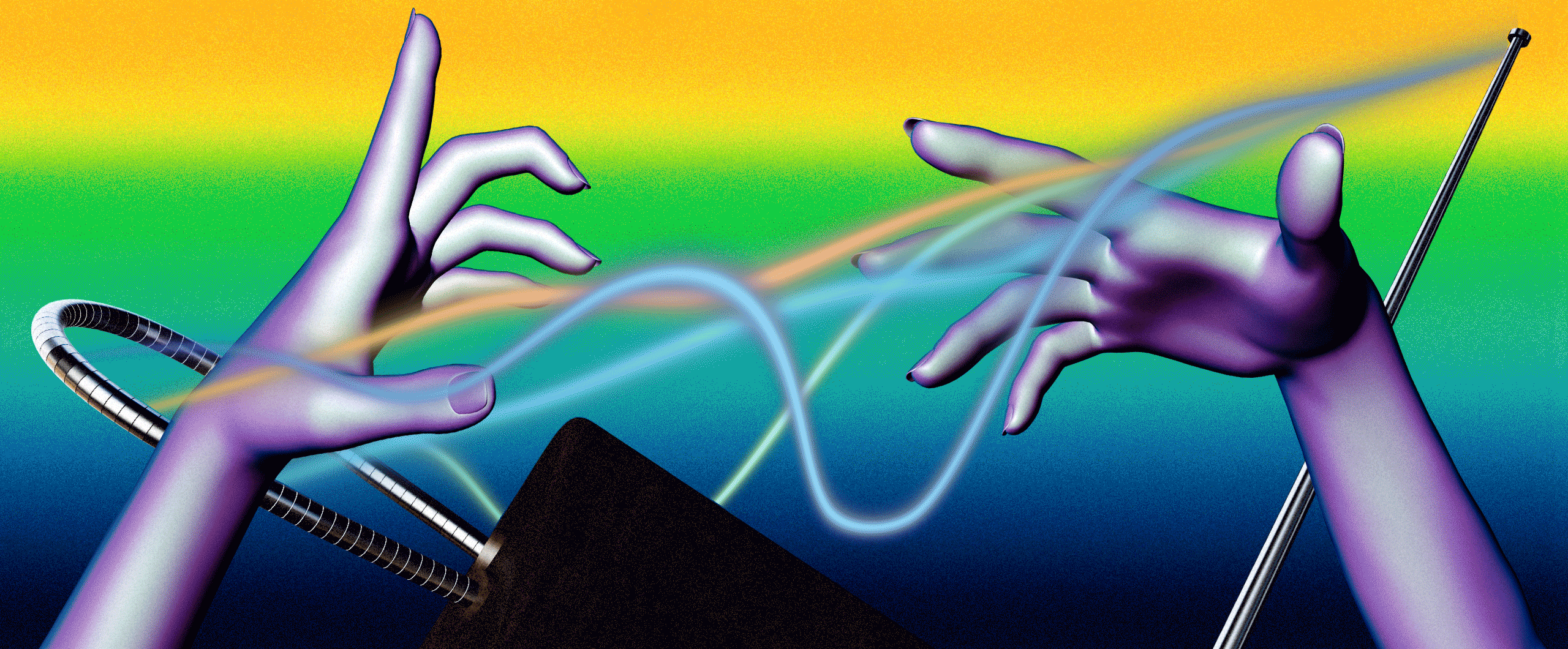
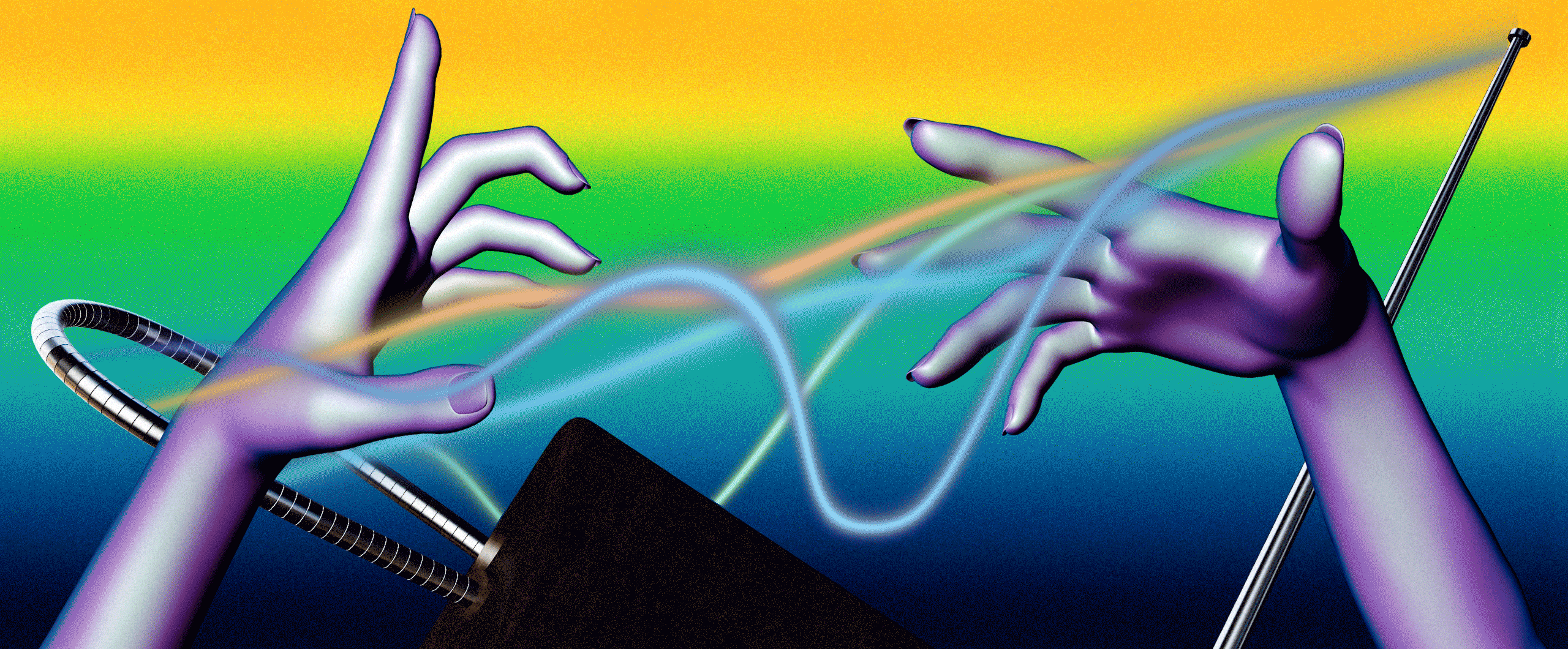


The theremin was the first electronic instrument to be mass-produced and the only instrument played without physical contact. Originally shaped like a box with two antennae, one for pitch control, the other for volume, its unmistakable sound has long been associated with vintage science fiction—warbling, eerie, inorganic. 2020 will mark the centennial of its invention by the Russian physicist Leon Theremin. But it was Clara Rockmore, considered by many to be the greatest thereminist in history, who elevated the instrument above novelty status, leading Theremin to fall in love with her.
Clara Rockmore (née Reisenberg) was born in Vilna in 1911 into a middle-class Jewish family. The youngest of three sisters, she showed prodigious musical ability while still a toddler, picking out tunes on piano before should could speak. At age 3 she was already reading music, and astounded faculty at St. Petersburg Conservatory with a demonstration of absolute pitch that was heralded in the local press. The following year she auditioned for the conservatory on violin before the great Hungarian pedagogue Leopold Auer, passing with a perfect score; to this day, she holds the record for youngest student ever admitted. The story goes that Clara was so tiny that she played her audition perched on a table.
Clara’s older sister Nadia, already an outstanding pianist, was also of interest to the faculty at the conservatory. Recognizing their daughters’ potential, the girls’ parents relocated from Vilna to St. Petersburg (then Petrograd) to enroll them as full-time music students, but when civil war erupted after the Russian Revolution, food shortages became so dire that the Reisenbergs retreated to Lithuania. The sisters proceeded to tour throughout Europe as a precocious music duo until the family received permission to emigrate to the United States in 1921.
Clara appeared poised to follow in the footsteps of Auer disciples like Jascha Heifetz—but fate had other plans. While Clara and Nadia were busy launching their music careers, Leon Theremin (or Lev Sergeyevich Termen, as he was known in Russia) was in the throes of military service, although spared from active duty thanks to his extensive knowledge of electrical fields. The physics prodigy had enrolled at Petrograd University at the start of World War I, and was not yet 20 years old when drafted. His university deans likely saved his life by advancing him into a graduate program for military radio engineering.
In early 1920, Leon, then 24, was supervising a laboratory for radio oscillations in the outskirts of Petrograd. While working on a device to measure gas density, he found that moving his hand closer to the meter produced a high-pitched squeal, and drawing it back produced a lower squeal. An amateur cellist, Leon soon began demonstrating classical music solos on the device to the wonderment of his peers. This led to the patent of his Termenvox, or theremin as it came to be known in America. The invention brought him into Lenin’s good graces (the Communist leader once even tried his hand at playing).
Leon was sent on a world tour to show off his invention in the name of Soviet science, and arrived in the United States in 1927 with his wife, Katia. Meanwhile, Clara’s professional aspirations were in ruins. She had resumed her studies with Auer, who had also relocated to the United States, but after developing severe tendonitis in her bow arm, she was forced to give up the violin. “I [worked] like mad, probably too much, and that undid me,” Clara recalled. “I was never too strong, and I began to have this unbearable pain in my arm, and when I came and told [Auer] … it was the one time he was really angry. I remember his voice—he spoke in English—‘How could you permit yourself?’”
In a state of panic, Clara ran from doctor to doctor; she bound up her arm for months until it was covered in sores. Her attempts to play caused her unbearable pain. Nevertheless, her drive to perform doggedly persisted. Then, in late 1928, a friend invited Clara to a party at the Plaza Hotel, where Leon was demonstrating his invention. Writes biographer Albert Glinsky:
When she raised her arms before the antennas, it was unlike anything [Leon] had witnessed before. Every minute gesture of her finely calibrated violinist’s arms and fingers … punctuated the air with a confident music. “I was fascinated,” she recalled, “but at the same time, he was fascinated, because instinctively, or because of my absolute pitch, or because of violin playing, I could do things immediately that probably people couldn’t do.”
A spell was cast, and Leon presented Clara with an RCA model of her own. As her violin prospects dwindled, her interest in his instrument steadily grew. By 1932, Clara was committed to its mastery: “A lot of trial and error went into it,” she explained, “but the theremin saved my musical sanity by giving me an outlet in music.”
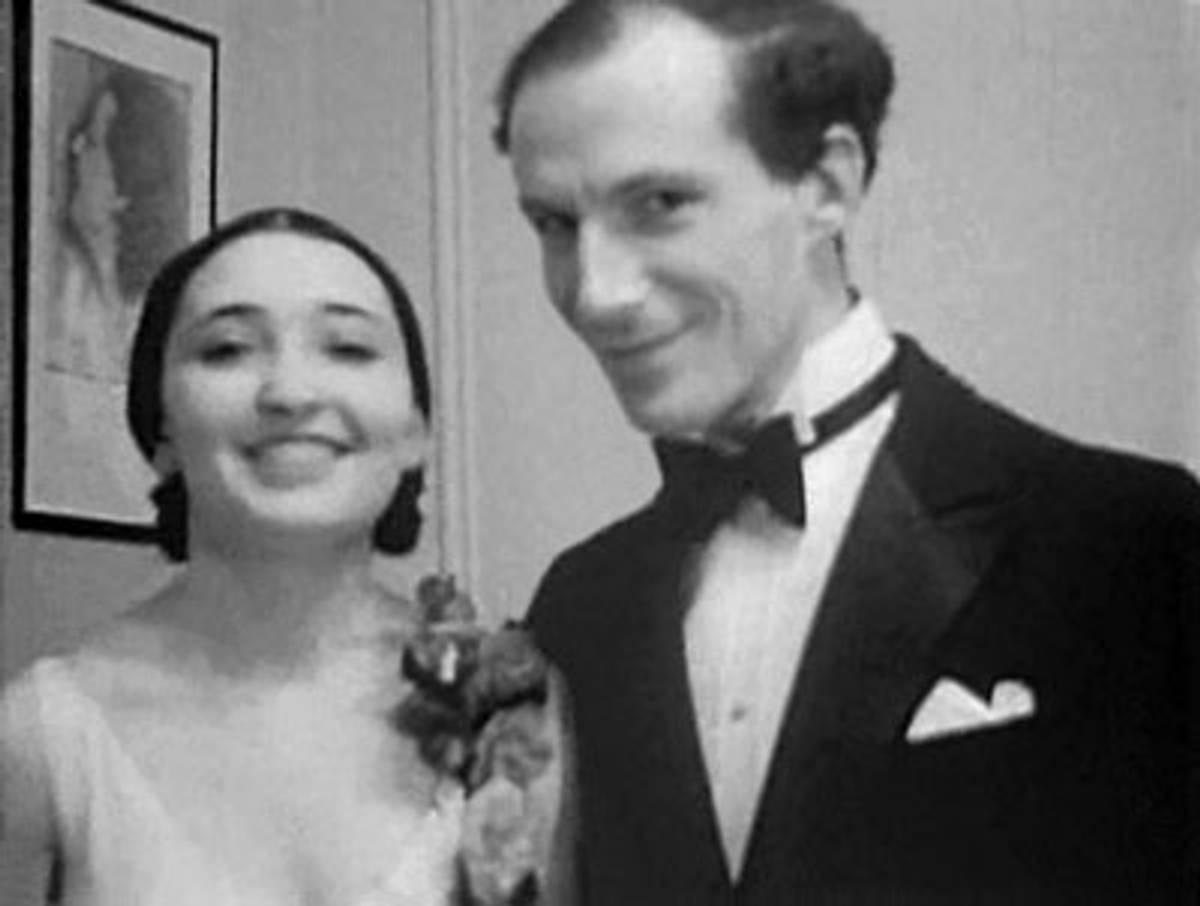
Though Clara began as Leon’s pupil, before long she surpassed his own playing ability, and also captured his heart. Despite being a married man, Leon proceeded to court her ardently, taking her for dances around the city and famously presenting her with a rotating birthday cake for her 18th birthday. During this time Clara also contributed to the theremin’s redesign, convincing Leon to increase its range from three octaves to five and devise a mechanism to facilitate staccato. Newly equipped with a more exacting custom model, Clara set out to prove that the theremin was a serious instrument on par with the violin.
On April 1, 1932, 16 performers billed as the Theremin Electronic Symphony Orchestra played at Carnegie Hall, two years after Leon had debuted his 10-piece theremin ensemble in the storied venue. This performance, featuring several cello theremins, a keyboard theremin, and Clara on Terpsitone—an instrument that responded to the movements of a dancer—received less fanfare than they had hoped, and marked the end of Leon’s halcyon period in America.
Adding to Leon’s disappointment, Clara turned down his offer of marriage. Talented and beautiful, she had no shortage of suitors, and in 1933 she chose to marry the distinguished entertainment lawyer and producer Robert Rockmore, a friend of Eugene O’Neill’s and attorney to Paul Robeson, with whom Clara later toured from 1940-43. After she and Rockmore wed, Leon severed all contact with her.
“If you asked Clara, she had to choose between this established, wonderful, wealthy guy … [and Leon], who was absolutely dashing,” said Steve Sherman, Nadia Reisenberg’s grandson and vice president of the Nadia Reisenberg & Clara Rockmore Foundation. “Lev was so in love with her … and she loved him too, but she was more in love somehow with Bob, [who] offered her a very stable existence. With Lev, she said ‘I would’ve died in the gulag.’ And that’s ultimately why. She knew that he was going to have to go back.”
Whether or not Clara sensed it at the time, by the mid-1930s, Leon’s stay in America was drawing to a close. In 1934, when Clara debuted with her newly married name at Town Hall, Leon was conspicuously absent. The inventor had amassed a large number of debts, was behind on rent, evading taxes, and terribly homesick. At the same time, the Soviet government was growing impatient. They had allowed him to extend his stay in the United States under the condition that he would continue gathering intelligence. “Instead he went whole-hog on the theremin, and then he fell in love with Clara,” Sherman said. “He wasn’t really delivering to the Russians, so they took him back.”
In September 1938, mere months after marrying the African-American dancer Lavinia Williams (scandalizing a great many of his contemporaries), Leon disappeared. It would be nearly a quarter century until Clara would see him again.
Even to a theremin neophyte like myself, the legend of Clara Rockmore was captivating: a Jewish woman, virtuosa and pioneer of electronic music, strong-willed and charismatic yet barely 5 feet tall. When I set out to research the use of the theremin in Jewish music, I couldn’t believe she had eluded me for so long. To most theremin players, Clara Rockmore is a household name, and a definitive biography, written by thereminist and Grammy award-winning bassoonist David McGill, is allegedly on its way. In order to fully appreciate the skill of this music icon, I had to try the instrument out myself, with the help of Rob Schwimmer, who has accompanied the likes of Simon & Garfunkel, Bobby McFerrin, and The Klezmatics on the instrument. A founding member and former co-director of the NY Theremin Society, Schwimmer learned of the instrument in the early 1990s after seeing a clip of Clara on TV. “Within five minutes of getting it set up, I [was] convinced this whole thing had to be a hoax,” he recalled. “It was the most godawful, horrible sounding thing you had ever heard. And my hearing is very good. What I realized is that having perfect pitch doesn’t mean you’re going to be in tune—it just means you’ll know when you’re out of tune.”
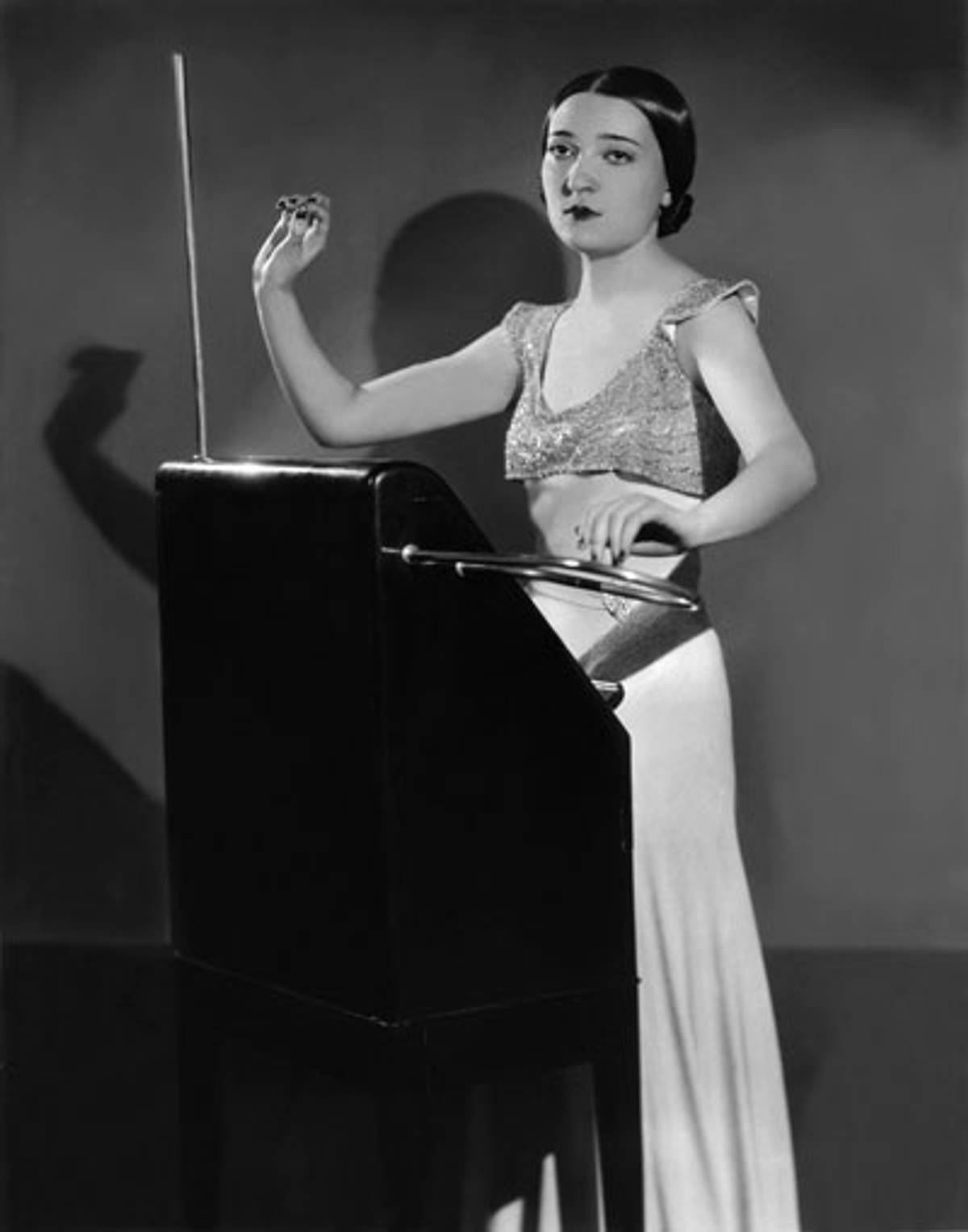
With this forewarning I attended my first workshop, led by NY Theremin Society co-founder Dorit Chrysler. Though the Moog Theremini I practiced on was supposedly designed to “guarantee musical success to anyone,” my first attempt produced a resounding garble of notes; some intentional, most not. “I think the true sound of the theremin hasn’t been found yet,” Chrysler said. “We haven’t fully reached the golden age. It’s better than ever, yet we don’t even have 10 professional thereminists in the world that are really making a living off this. We still don’t have a lot of composition for theremin in contemporary classical music.”
One noteworthy exception is Dalit Warshaw, an award-winning composer, performer, and former student of Clara’s who has incorporated the theremin into her own orchestral compositions. “When Clara plays theremin, you almost hear her bowing changes,” she said. “You can really hear how she’s sublimating a string player’s vibrato. That approach comes from that old Russian-Jewish sentiment, that deep spiritual core.”
In 1945, theremin culture changed forever when Alfred Hitchcock tasked composer Miklós Rózsa with finding a new sound for his thriller Spellbound. Writes Glinsky: “The theremin part Rózsa conceived was of an order of prominence and difficulty that demanded, for the first time in Hollywood, a professional thereminist to interpret it,” and though Clara was initially approached for the job, she declined out of principle: “They were using the theremin for effects of scaring people, of this woo, voodoo thing,” she later recalled. “That wasn’t my approach, so I thought, let anybody else do that. I won’t be a party to it.”
On the theremin, having perfect pitch doesn’t mean you’re going to be in tune—it just means you’ll know when you’re out of tune.
Instead, Rózsa turned to the only theremin player listed in the Los Angeles Musicians Union: Dr. Samuel J. Hoffman (Dr., because he was a practicing podiatrist). The Spellbound soundtrack was an enormous success, winning an Academy Award for best score and catapulting Hoffman and his exaggerated, heavy-vibrato technique into the limelight. His playing continued to be in demand through the end of the 1950s and was featured on dozens of horror and sci-fi movie soundtracks, cementing the theremin in the public conscience as a mark of speculative fiction—the very association Clara worked so tirelessly to overcome.
Then in 1962, after decades missing in action, Leon suddenly reappeared in Clara’s life. While on holiday in Moscow, she and Bob Rockmore chanced to learn from a local scientist that the inventor was alive and well. Astounded, the couple managed to track him down and hold a clandestine meeting in the Moscow metro. It turned out that in 1939, Leon had been arrested and committed to several years in prison, first in a Siberian labor camp and then in a sharashka—a secret gulag laboratory for incarcerated scientists, where he worked on eavesdropping devices for the NKVD.
Having learned of Leon’s whereabouts, Clara returned to the United States shaken, but with some peace of mind. Then the following year, tragedy struck. While on his way to the train station, Bob slipped on ice and suffered a fatal head injury. “Clara from then on hated winter, and went into mourning the rest of her life,” Sherman said. “She stopped concertizing, only played for herself. When I was a kid she was always playing in the house. It was very common for us, but not the outside world.”
Clara did make a brief reprise years later, but by that point, the world of electronic music had changed significantly. In 1964, the engineer and electronic music pioneer Robert Moog began work on his groundbreaking Moog synthesizer after having spent years producing theremins. The invention was a tremendous hit, and following the immediate success of Wendy Carlos’ classic synth album Switched on Bach, pushed electronic music into the mainstream.
Moog became fast friends with Clara, and would bring her a theremin every time he crafted a new model. He also convinced her to record her first album, The Art of the Theremin (1977) featuring Nadia on piano. The most-watched video of Clara on YouTube, with more than 2.4 million hits to date, was filmed by Moog and his wife in Clara’s living room on that very same visit:
Though not a huge commercial success, The Art of the Theremin succeeded in rekindling public interest in Clara. Unfortunately, neither she nor Moog ever saw a cent from the sales. Steve Sherman claims the record company, Delos Music, ripped off the musician and inventor. “Moog wanted to pursue it,” he added, “and we wanted Clara to pursue it, and Clara would get angry. She’d say, ‘No! You may not! Let them keep my money because they took a chance on me.’”
The Art of the Theremin also caught the attention of independent filmmaker Steven M. Martin, best known for his 1993 documentary Theremin: An Electronic Odyssey. In the late ’80s, Martin approached Clara to play on the soundtrack of his forthcoming documentary about Leon Theremin. At first she refused on the basis that her theremin was old and in disrepair. So Martin offered to fly Moog in from North Carolina to fix it. In the liner notes for the 2006 Lost Album, Moog recalls:
The high point of my experience with Clara came when she called me because her instrument had become completely unreliable. … I was very curious to see what was inside hers that could produce such a beautiful sound. … We started Friday night, worked all day Saturday, and then put everything back together Sunday morning. … [Finally] she started playing “Summertime” and went right through to the end, and when she turned around, she had tears in her eyes. And through her tears she said ‘I thought I would never play this instrument again.’”
With her instrument back in working order, Clara consented to perform at Nadia’s memorial concert in 1989, six years after her passing (footage from the morning rehearsal at Merkin Concert Hall was featured in the opening of Martin’s documentary). Two years later, Martin arranged to fly Leon, then 95, from Moscow to New York to film his final reunion with Clara, a touching scene in which she cuts filming for a moment of privacy between them. Theremin: An Electronic Odyssey premiered on British television in 1993, just a few days after Leon’s death. He never got a chance to see it.
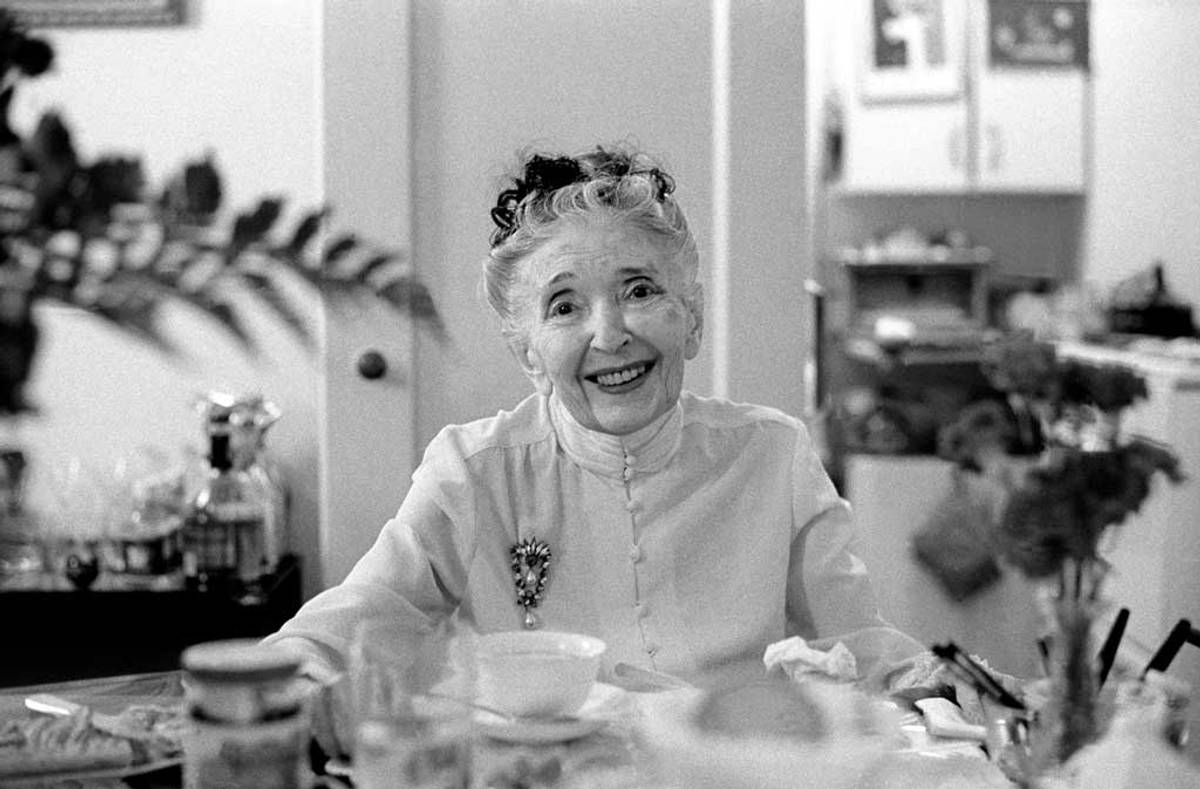
Martin’s documentary went on to win a documentary prize at the 1994 Sundance Film Festival and ushered in yet another theremin revival. It also led to a resurgence of interest in Clara, who by then was resolutely retired from public life, declining the invitations to perform that were pouring in from around the world. Meanwhile, a new wave of theremin players like Russian-born virtuosa Lydia Kavina was gaining prominence. Countless aspiring thereminists were introduced to Clara’s artistry and method.
While Clara was thrilled by this veritable renaissance, her private life soon took a turn for the worse. In the summer of 1994, she received a dozen red roses from a theremin enthusiast in Miami named Reid Welch, who later became a trusted friend. The following year, Clara was hospitalized for a severe bout of pneumonia and had a heart attack from which she never fully recovered. In her subsequent vulnerable state, Welch managed to take and photocopy over a thousand private papers and original documents from Clara’s home, including a recording of Nadia that he distributed without consent. (Sherman details the episode in an essay on Thereminvox.com.) Clara’s trust was irreparably broken, and Welch took to the internet theremin community to fan the flames of their dispute. In 2006, he was arrested in Miami on unrelated stalking charges.
With her health in decline, Clara retreated into her home. Then on May 8, 1998, Sherman and his wife welcomed their first child. Though she never had children of her own, being at risk for pregnancy complications, Clara had always played an active and enthusiastic role in the lives of her nieces and nephews. Before her death, she had announced her determination to live to see the birth of her grandniece. During her last days, Sherman writes:
Clara succumbed to a stroke that all but froze her face and body. On Friday, May 8, our beautiful daughter Fiona Nadia was born, and the first person I called was Clara.
Clara had wished to bestow Fiona with the quarter-size violin she had auditioned with at the St. Petersburg Conservatory. The family still has it to this day.
In the words of Dalit Warshaw: “Clara aimed to bestow upon the non-human a soul.” In an age in which the relationship between human beings and machines has become increasingly intimate, and in some ways frightening, her goal has more meaning than ever.
Samantha Shokin is a writer and musician based in Brooklyn.